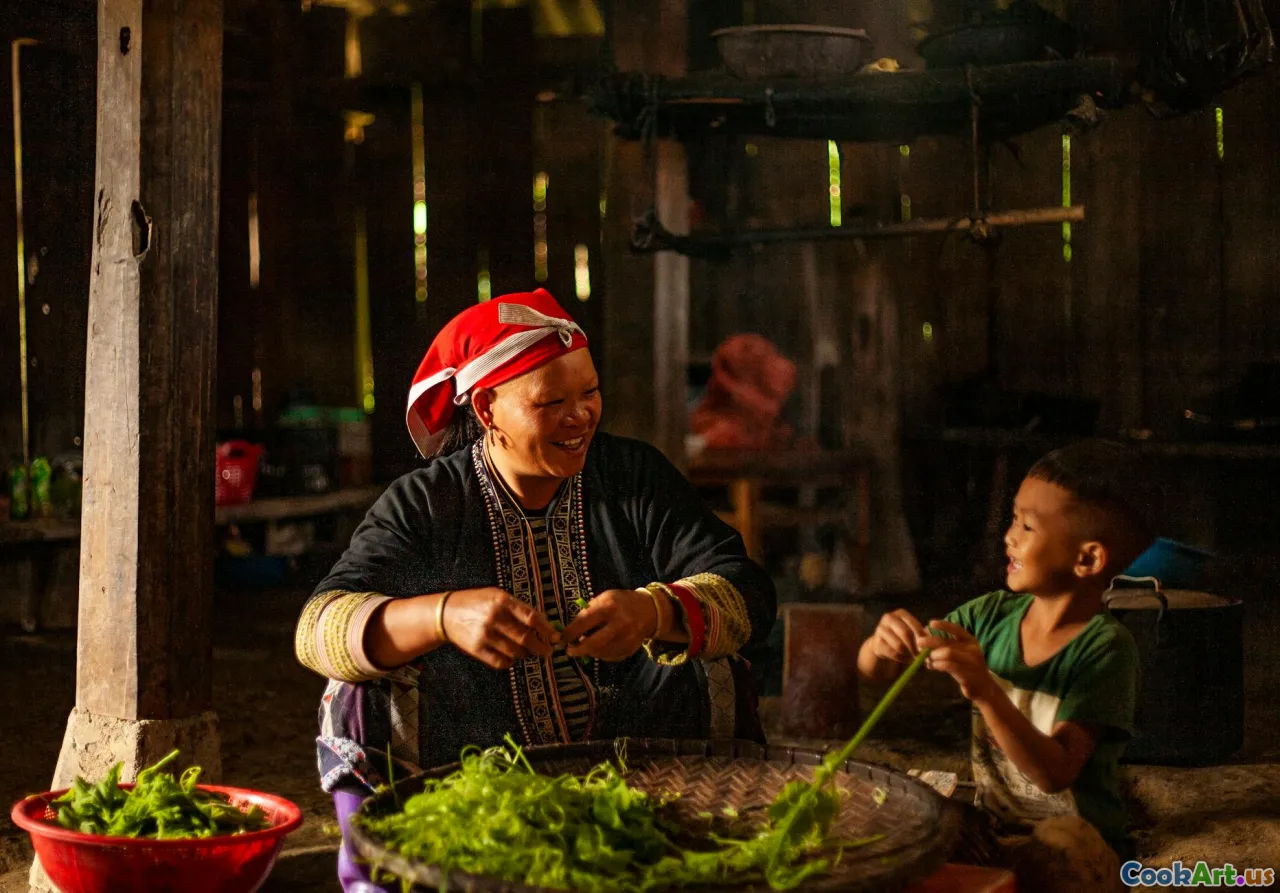Exploring Indigenous Ingredients
5 min read Dive into the rich world of indigenous ingredients and discover their impact on global cuisine and culinary traditions. April 14, 2025 08:45
Exploring Indigenous Ingredients
Indigenous ingredients are the backbone of many traditional cuisines worldwide, steeped in history and cultural significance. These ingredients often reflect the unique landscapes, climates, and ecosystems from which they originate. By exploring indigenous ingredients, we not only celebrate the rich tapestry of global culinary arts but also promote sustainable practices that respect the environment and local communities.
The Importance of Indigenous Ingredients
Indigenous ingredients are more than just food; they are a connection to the land and the people who inhabit it. These ingredients have been cultivated, harvested, and utilized for generations, often featuring in recipes that have been passed down through families and communities. Understanding the history and significance of these ingredients allows us to appreciate their role in not just the kitchen but also in the identity of a culture.
Examples of Indigenous Ingredients
Let's take a closer look at some indigenous ingredients from various regions around the globe:
-
Quinoa (Andean Region): Once a staple of the Inca civilization, quinoa is often referred to as a superfood due to its high protein content and essential amino acids. It has gained popularity worldwide but remains a critical part of traditional Andean diets.
-
Miso (Japan): This fermented soybean paste is a cornerstone of Japanese cuisine, used in soups, marinades, and dressings. The fermentation process reflects Japan's deep-rooted culinary techniques and respect for umami flavors.
-
Sorghum (Africa): A drought-resistant grain, sorghum is a staple in many African countries. It is used to make porridge, beer, and flatbreads, showcasing its versatility and nutritional value.
-
Kelp (East Asia): This seaweed is packed with vitamins and minerals and is a key ingredient in Asian cuisines, particularly in soups and salads. Kelp farming is also a sustainable practice that helps support marine ecosystems.
Cooking Techniques that Highlight Indigenous Ingredients
When incorporating indigenous ingredients, specific cooking techniques can enhance their flavors and textures. Here are a few methods commonly used:
Fermentation
Fermentation is a traditional technique used globally, transforming ingredients into flavorful staples. For example, miso and kimchi are both products of fermentation, adding depth to dishes while also providing health benefits.
Roasting and Toasting
Roasting grains and seeds, like quinoa or nuts, can elevate their flavors, enhancing the nuttiness and bringing out their natural oils. This technique is often used in various indigenous cuisines to create depth in flavor.
Steaming and Boiling
Steaming is a gentle cooking method that preserves nutrients and flavors, commonly used for vegetables and grains. Indigenous communities often use this method to prepare dishes that maintain the integrity of the ingredients.
The Role of Indigenous Ingredients in Sustainability
Using indigenous ingredients promotes biodiversity and supports local economies. By sourcing food that is native to a region, we encourage sustainable agricultural practices that respect the environment. Moreover, indigenous peoples possess valuable knowledge about their local ecosystems, which can guide modern sustainable practices.
Supporting Local Communities
Engaging with indigenous ingredients can lead to a deeper understanding of the cultures and communities that produce them. By purchasing these ingredients directly from local farmers and markets, consumers can contribute to the economic sustainability of these communities, fostering a cycle of support and respect.
Conclusion
Exploring indigenous ingredients opens a door to understanding global cuisines on a deeper level. It encourages us to appreciate the history, culture, and sustainability that these ingredients embody. As we experiment with these unique flavors in our kitchens, we not only enrich our culinary experiences but also honor the traditions and stories behind each ingredient. Let’s celebrate the essence of indigenous foods and their integral role in our global culinary heritage.









